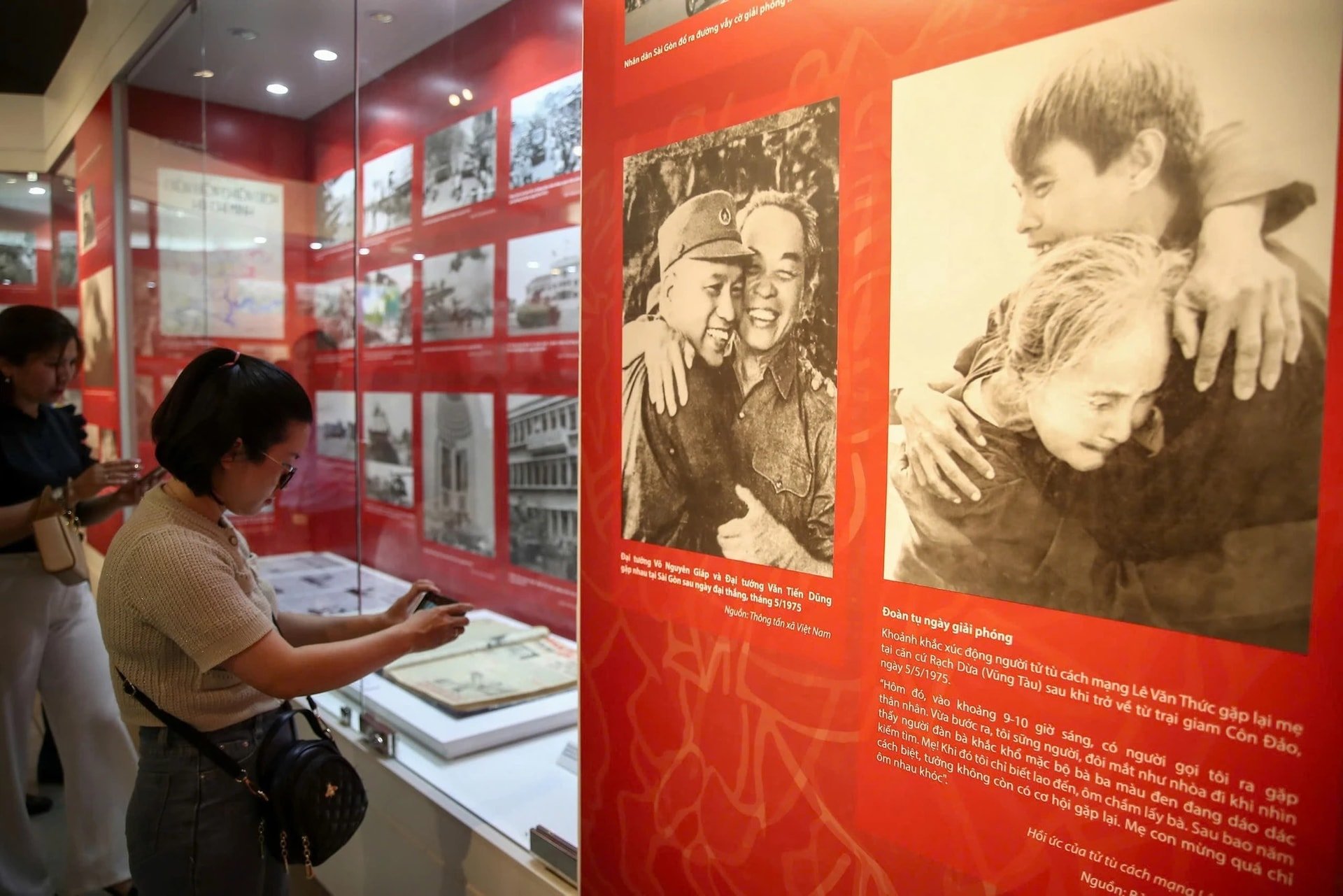
As the official and orthodox mouthpiece of the National Liberation Front of South Vietnam and later the Provisional Revolutionary Government of the Republic of South Vietnam, the Liberation News Agency had the task of informing, propagating, and disseminating news and the rich fighting experience of compatriots everywhere, reflecting the growing prestige of the revolutionary movement and the decline of the ruling group in the South.
Immediately after its establishment, the Liberation News Agency was continuously supplemented and reinforced with cadres from localities, battlefields and the great rear of the North. Through many channels, technical means were gradually brought in from the North. Later, the two agencies merged into the Vietnam News Agency.
Generations of war correspondents of the national news agency carried guns and cameras, rushing into the fire and bullets to contribute to the success of the fight for national independence.
Journalism in the midst of war
Journalist Nguyen Sy Thuy still remembers the time in 1974 when he was assigned to reinforce the Southeast Branch.
“Mr. Tran Thanh Xuan, Director of the Liberation News Agency, assigned the task to three of us: Nguyen Sy Thuy, news reporter, Pham Cao Phong, photo reporter and Nguyen Tat Thang stationed at War Zone D, Ma Da forest, Dong Nai to carry out information missions in the area,” Mr. Thuy recalled.
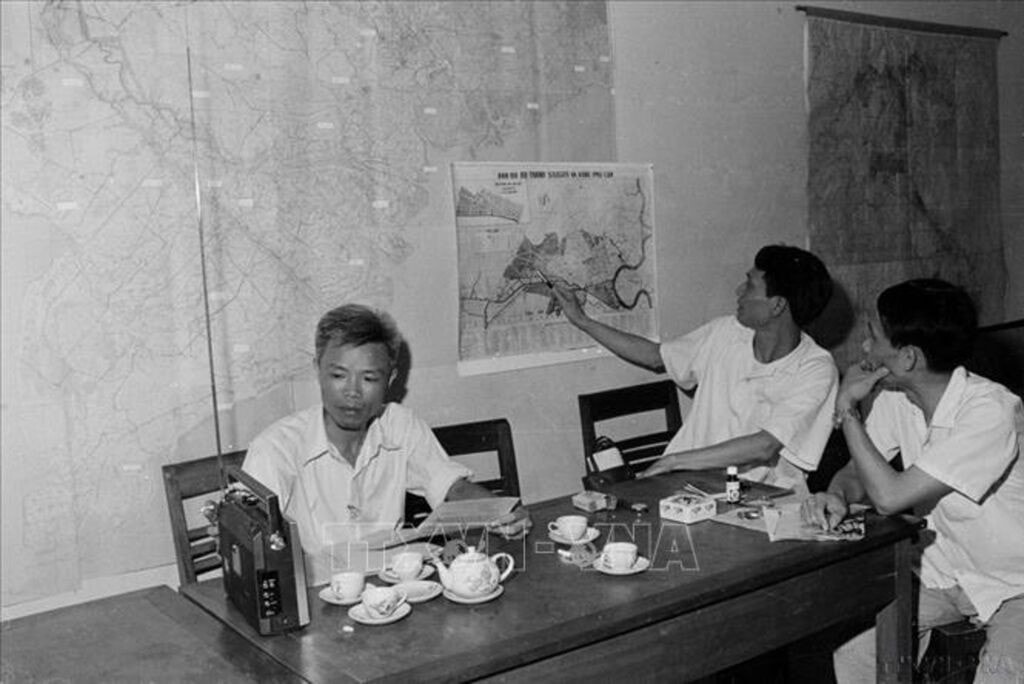
The arduous war has long gone, there are many happy and sad memories, but the lessons of experience in writing news and taking photos in the midst of war will never fade in Mr. Thuy's memory.
“The first lesson we learned from doing journalism on the battlefield is to have a good relationship with the base and the people, to stick closely to the movement, and to do a good job of mass mobilization to have good news and beautiful photos,” said Mr. Thuy.
Recalling his days working in the field, journalist Nguyen Dinh said that the propaganda campaign motto followed a strict process. First of all, "New News" included initial, preliminary information, mainly exploited from dozens of Western news agencies.
The following is "Incomplete News" exploited in the combat briefings of the General Staff and the General Political Department, giving more specific information about the developments, number of casualties, and initial damage (keeping secret the unit codes participating in the battle and the fighting methods).
Two days later, the third type of news, "Full News", was broadcast by the branches in the battlefield. For major battles and well-performing units, the Department also had reports, summaries, and commentary with battle maps.
Just like that, thousands of news lines, photos and many emotional reports sent from all over the battlefield, broadcast through Vietnam News Agency, reached readers.
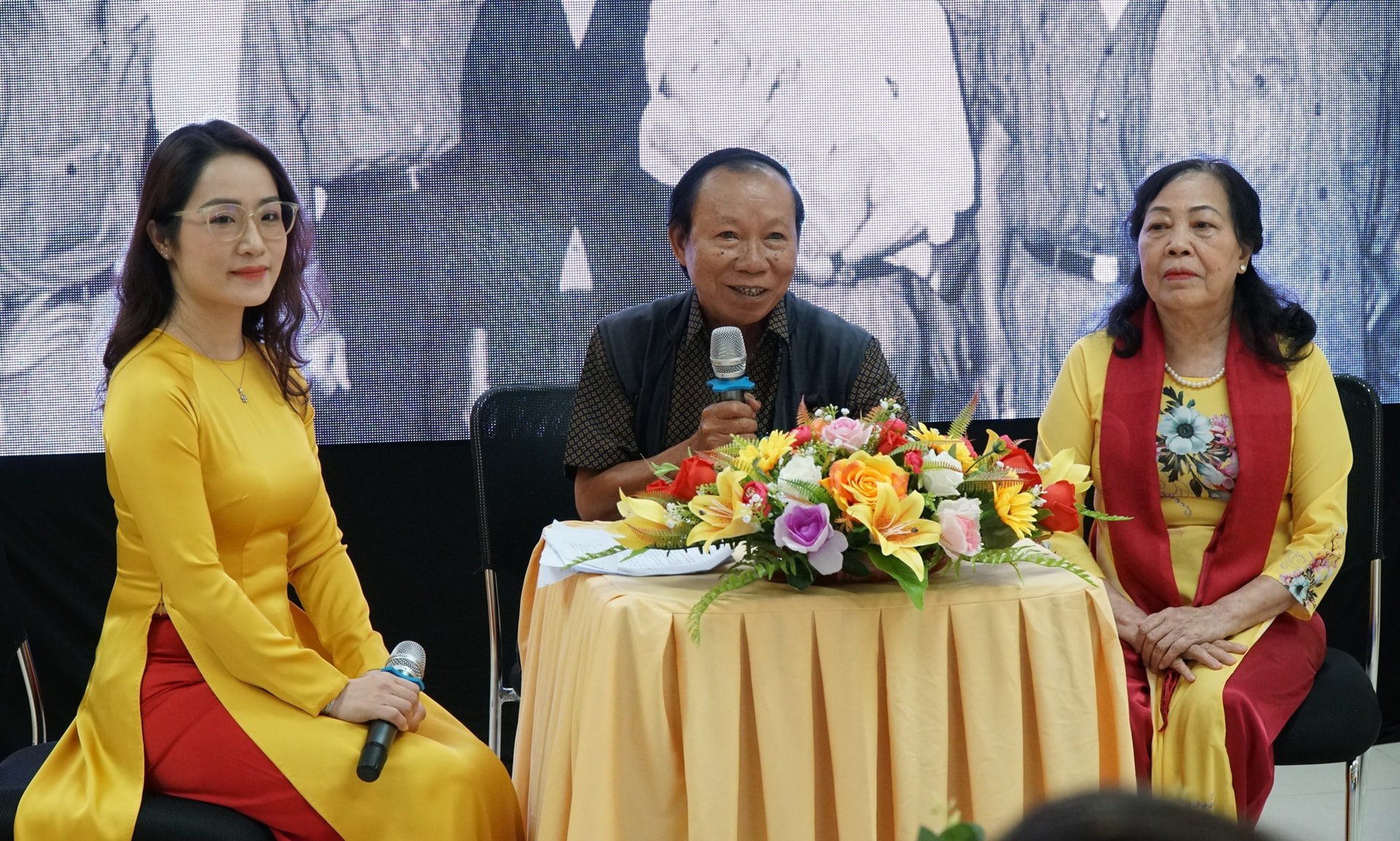
Sharing memories of working on the battlefield, war invalid journalist Trieu Thi Thuy still clearly remembers her first working trip to the Quang Ngai battlefield in 1974.
As a young, enthusiastic reporter, Ms. Thuy is always eager to go to the front line to capture precious moments and photos of the heroic war of the nation.
When she arrived in Quang Ngai, she met a local guerrilla group, including female militiamen who were only 15 or 16 years old. She really wanted to take a souvenir photo with them, but because film was so precious at that time, she saved it for more intense moments of war.
The next day, as she went deeper into the war zone, she realized the ferocity of war. She was shot in the leg and taken to the infirmary. There, Ms. Thuy met the guerrillas from yesterday again, more than half of them had died, some were injured and were transferred to the infirmary for treatment. The smiles and voices of yesterday suddenly echoed in her memory. She regretted not taking a photo with them.
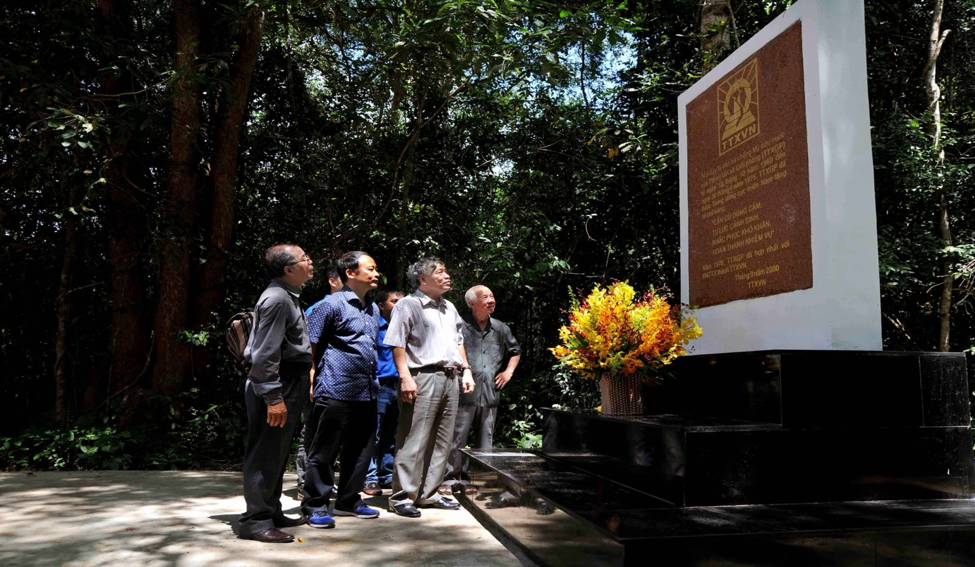
Therefore, Ms. Thuy's lesson after her first business trip was: Every moment on the battlefield is a historical moment, every person you meet in the war zone is a hero, you must try to record everything you can.
With that spirit, female reporter Trieu Thi Thuy always worked enthusiastically, promptly transmitting news from the battlefield to the General Office.
“I always try to do my job well and promptly convey war news to the readers of the National News Agency. I have to write a lot so that my parents and siblings at home can see the pen name Trieu Thuy and feel assured that I am still alive,” Ms. Thuy shared.
Throbbing before the moment of victory
War correspondents threw themselves into the fire, not afraid of danger and hardship to be able to promptly convey news to the General Office. Therefore, in the historic moment of April 30, 1975, they became witnesses of the times.
In late April 1975, two journalists Ngoc Dan and Hoang Thiem were assigned to follow the marching formation of the 66th Regiment, 304th Division. He then met and followed the fourth tank of the 203rd Armored Brigade. The unit fought a fierce final battle at Saigon Bridge and broke through the enemy's defense line north of the bridge, the tank column advanced straight into the Independence Palace.
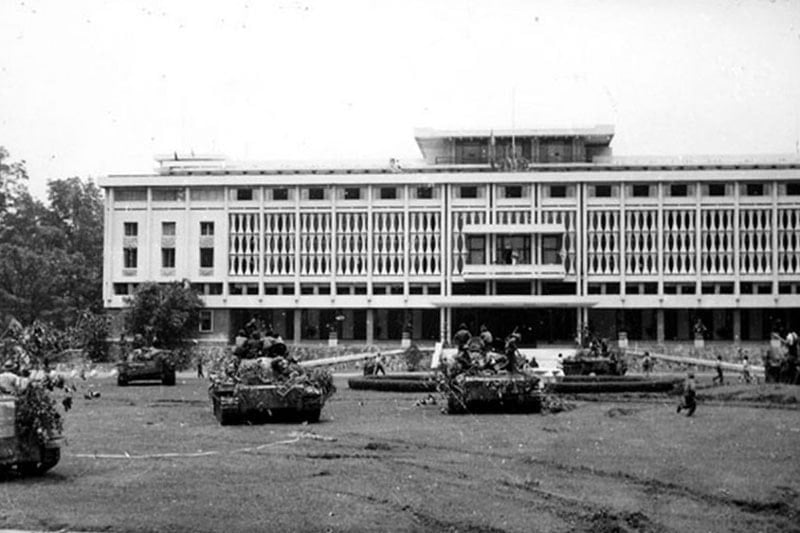
Recalling those days, journalist Ngoc Dan said it was a great fortune in his life to witness and photograph the moment President Duong Van Minh surrendered.
Taking precious historical photos was already a success, but moving to Hanoi was an extremely difficult and challenging task because at that time it was not easy to find means of transportation. In an urgent situation, journalist Ngoc Dan immediately thought of asking the Saigon soldiers.
At that moment, there were many officials and entourage of the Saigon government in the Independence Palace yard. Journalist Ngoc Dan approached them and said: “I am a reporter from the North, I have documents that need to be sent to the North urgently. Who can drive us to Tan Son Nhat airport?” A dark-skinned man standing nearby raised his arm: “I am Vo Cu Long, the officer driving the convoy of the Saigon government cabinet. I will take you there.”
So the car carrying the two journalists Ngoc Dan and Hoang Thiem rushed towards Phi Long gate, Tan Son Nhat airport, but when they got there, the car was blocked and could not enter the airport. The two journalists decided to change the plan, asking the driver to take them to Da Nang-Hue in the hope that there would be a plane to transport the documents to Hanoi. Thanks to the papers of journalists on duty from the General Staff of the Vietnam People's Army, the car left Saigon city at 2:00 pm on April 30, 1975.
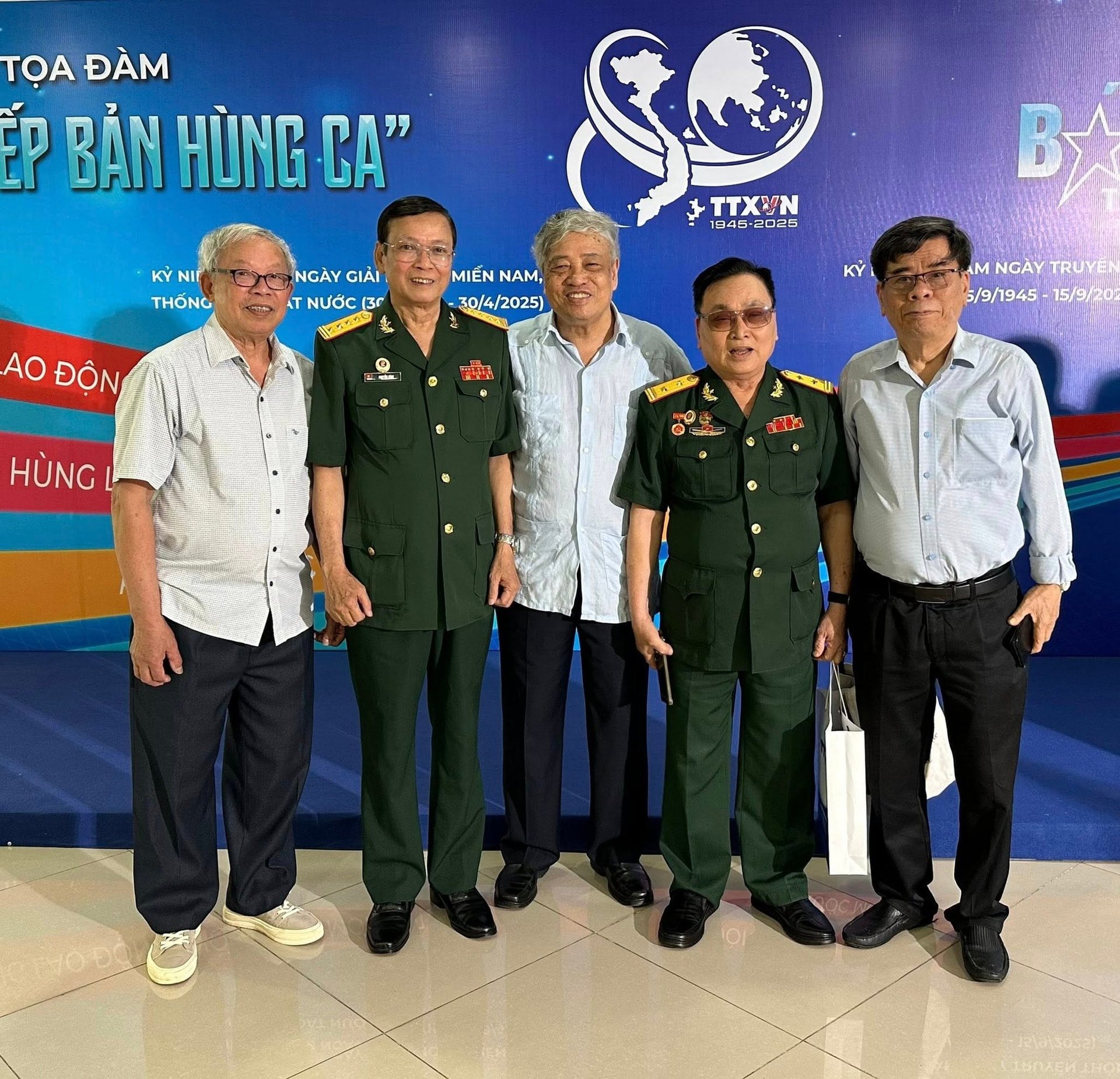
Saigon had just been liberated, and the road was still full of lurking dangers, but the two journalists Ngoc Dan and Hoang Thiem were determined to transport the film rolls to the North as soon as possible. The car traveled without stopping, and on May 2, 1975, they arrived safely in Hue. That same afternoon, journalist Hoang Thiem took a military plane to bring the documents to Hanoi.
At 4:30 p.m. on May 2, a C130 transport plane, escorted by a crew of pilots from the Saigon government and a crew of our air force, landed safely at Gia Lam airport, Hanoi. From Gia Lam airport to Long Bien bridge, past the city's Opera House, to the gate of the Vietnam News Agency, Mr. Hoang Thiem was moved to see the whole city of Hanoi glowing with red flags with yellow stars like a big festival.
“The 18 rolls of film that Ngoc Dan and I took (each person took exactly 9 rolls) were quickly processed by the Editorial Department and notified to the central and Hanoi newspaper offices in time to get the photos for the newspaper to be published on May 3, 1975,” journalist Hoang Thiem recalled.
On May 3, Deputy Editor-in-Chief Do Phuong led journalist Hoang Thiem to meet and report to the leaders: First Secretary of the Party Central Committee Le Duan, Prime Minister Pham Van Dong and Head of the Central Propaganda Department To Huu.
“Comrade Le Duan happily asked about the spirit and health of the cadres and soldiers who came to liberate and take over the city, how the people and compatriots of Saigon welcomed the liberation army and whether the city was safe. When I saw the photo of people pouring into the streets to wave and greet the liberation army, I saw him quietly wiping away tears,” Mr. Hoang Thiem shared.
With nearly 50 years of experience, veteran journalists of the Vietnam News Agency have had a meaningful time as war correspondents, closely associated with the heroic history of the nation.
Through their stories, they have helped readers understand a generation of passionate war reporters who were knowledgeable, competent in their profession, and decisive in their actions at important moments, contributing significantly to the victory of the entire nation.
Source: https://baodaknong.vn/phong-vien-chien-truong-nhung-nguoi-gop-phan-lam-nen-lich-su-ngay-30-4-1975-251098.html


![[Photo] Flag-raising ceremony to celebrate the 50th anniversary of the Liberation of the South and National Reunification Day](https://vphoto.vietnam.vn/thumb/1200x675/vietnam/resource/IMAGE/2025/4/30/175646f225ff40b7ad24aa6c1517e378)
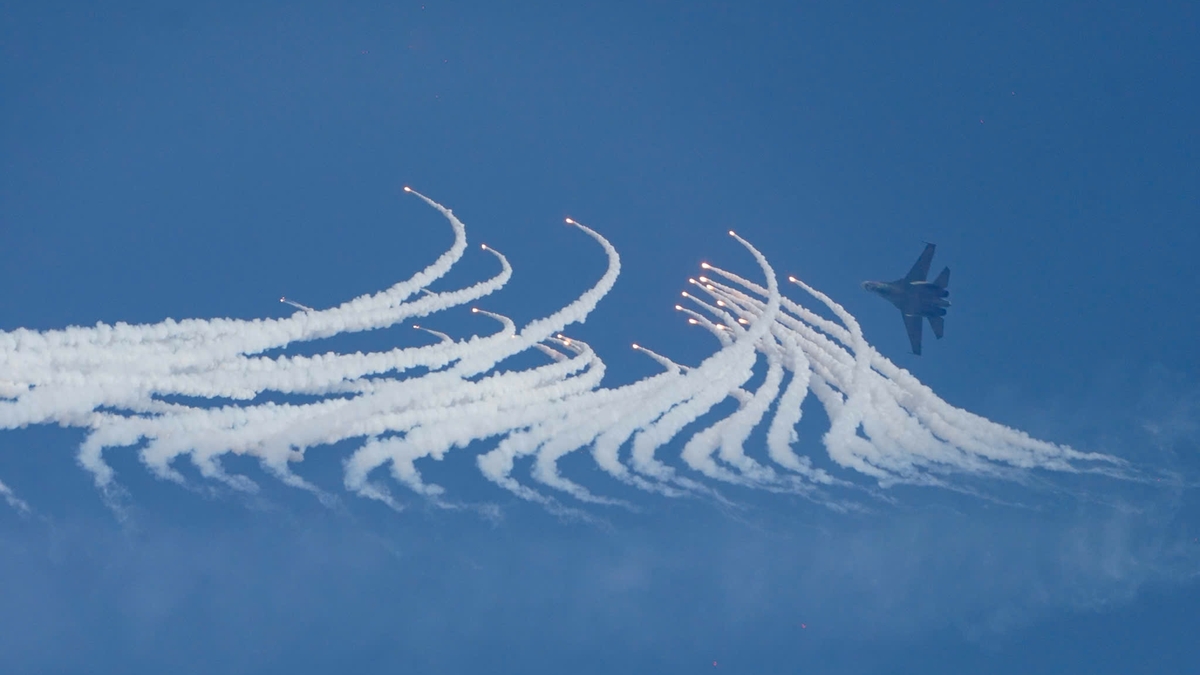
![[Photo] Chinese, Lao, and Cambodian troops participate in the parade to celebrate the 50th anniversary of the Liberation of the South and National Reunification Day](https://vphoto.vietnam.vn/thumb/1200x675/vietnam/resource/IMAGE/2025/4/30/30d2204b414549cfb5dc784544a72dee)
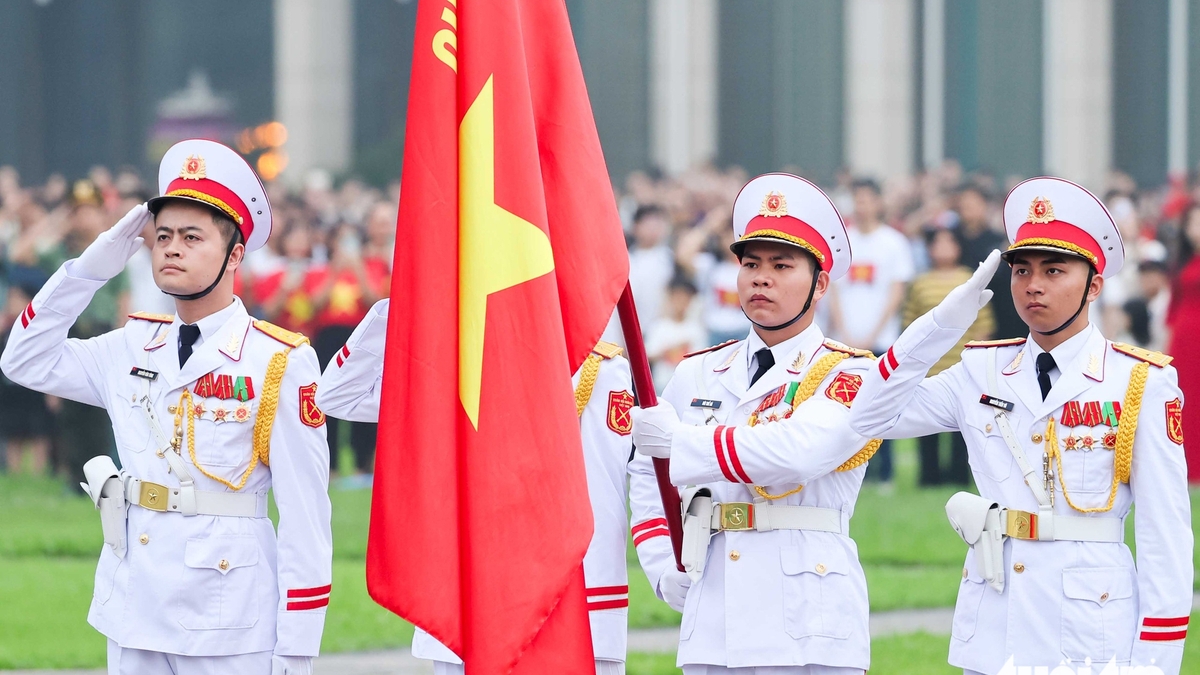
![[Photo] Performance of the Air Force Squadron at the 50th Anniversary of the Liberation of the South and National Reunification Day](https://vphoto.vietnam.vn/thumb/1200x675/vietnam/resource/IMAGE/2025/4/30/cb781ed625fc4774bb82982d31bead1e)



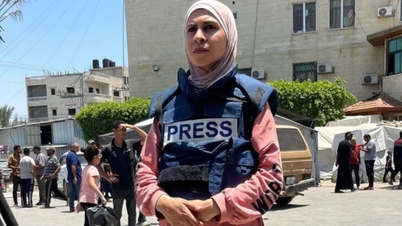

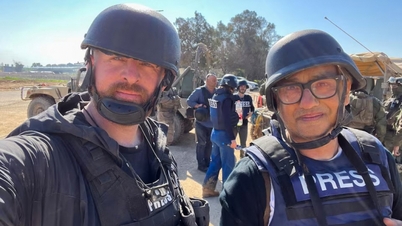

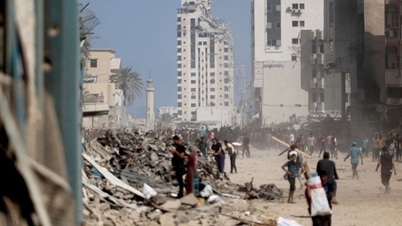
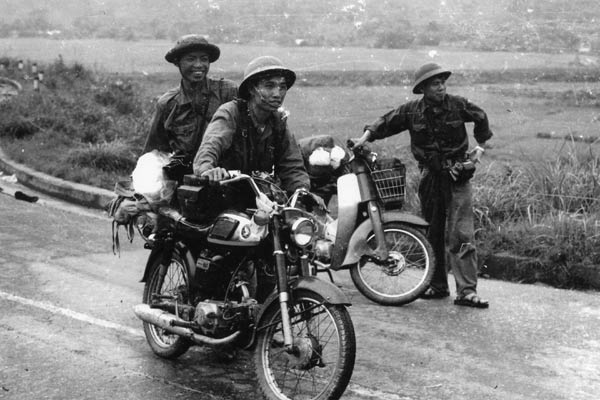

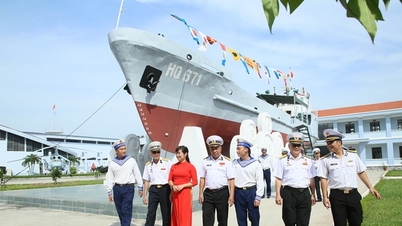
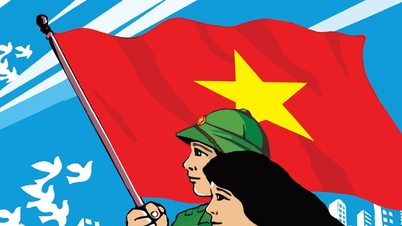
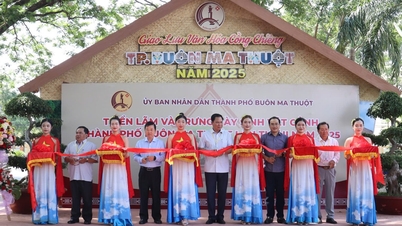
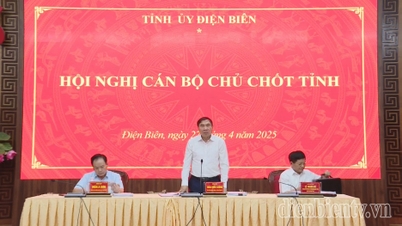























































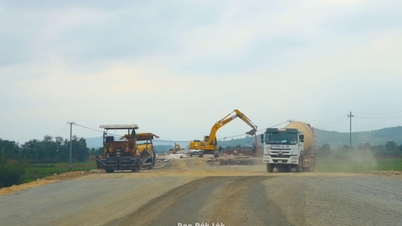





















Comment (0)